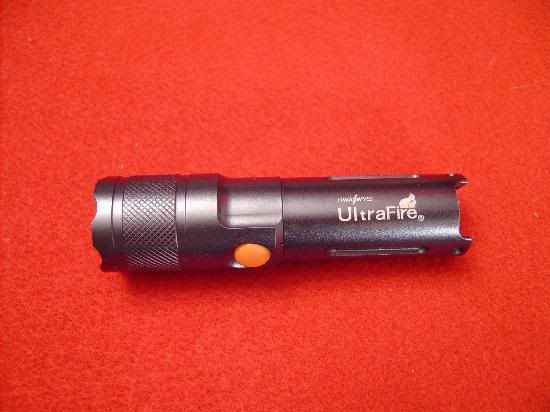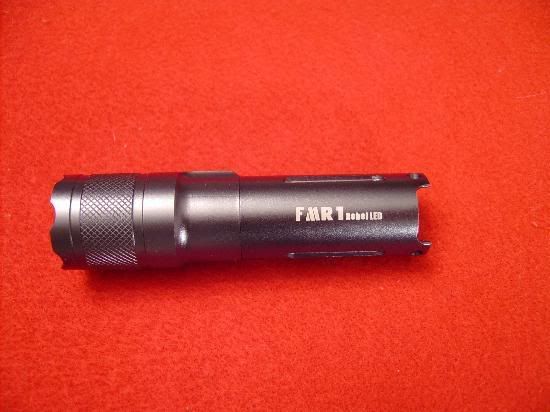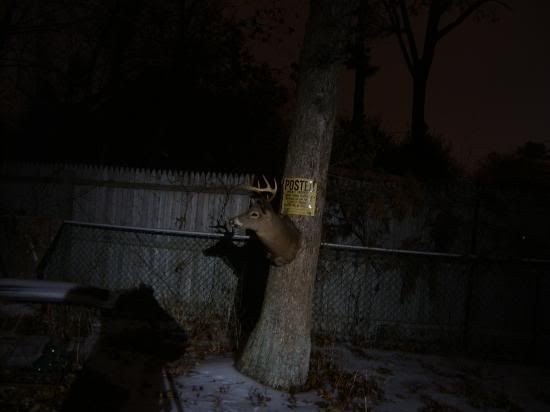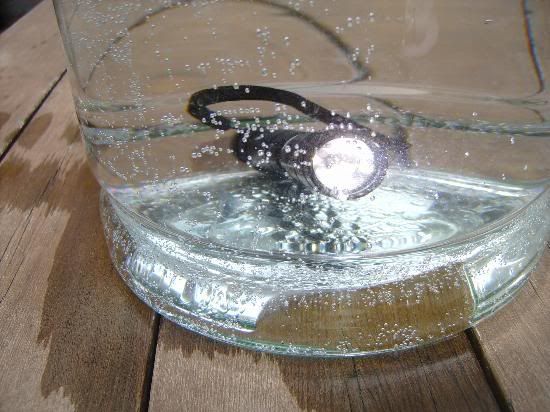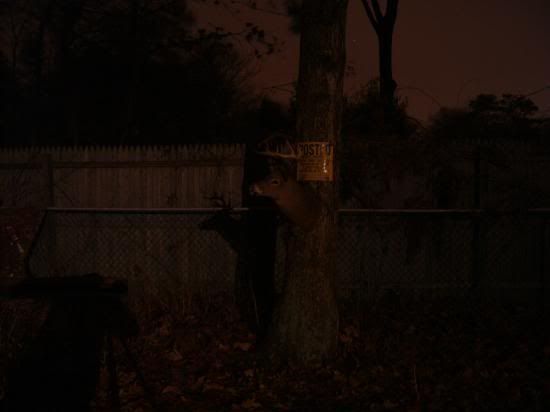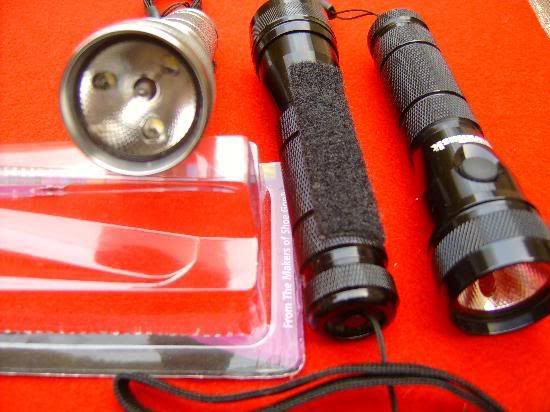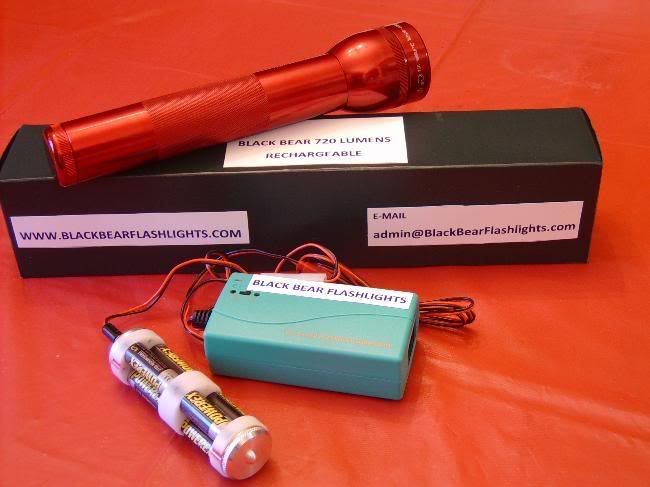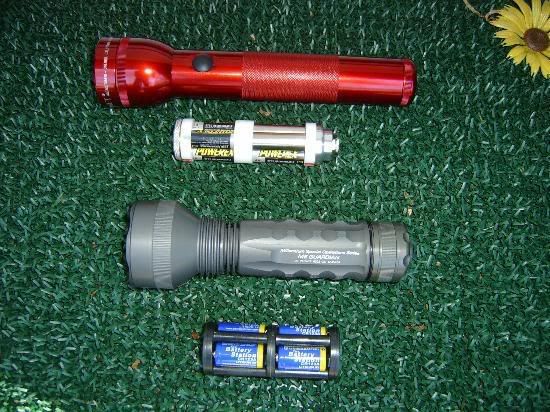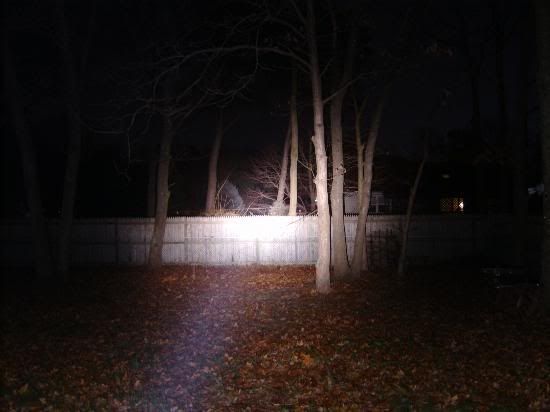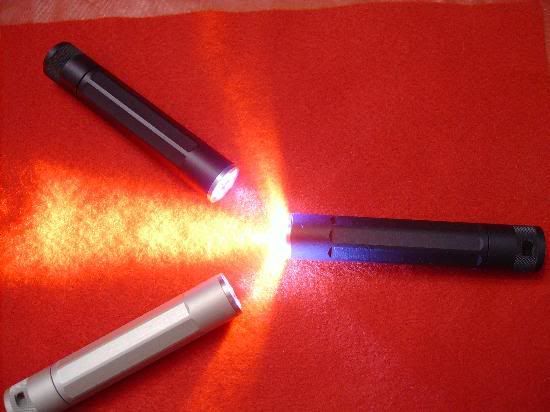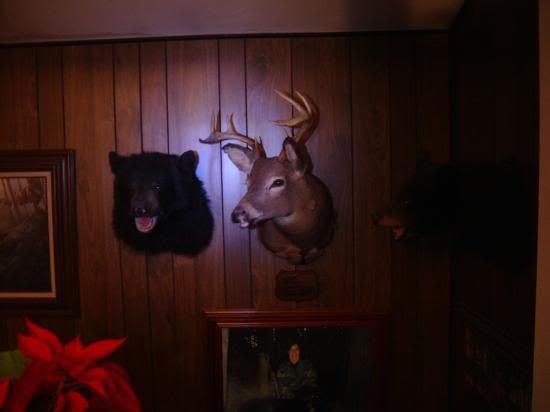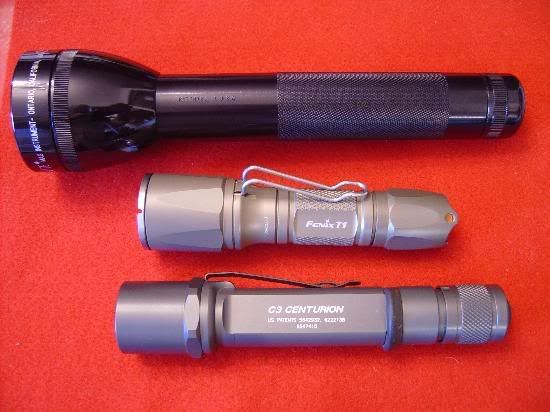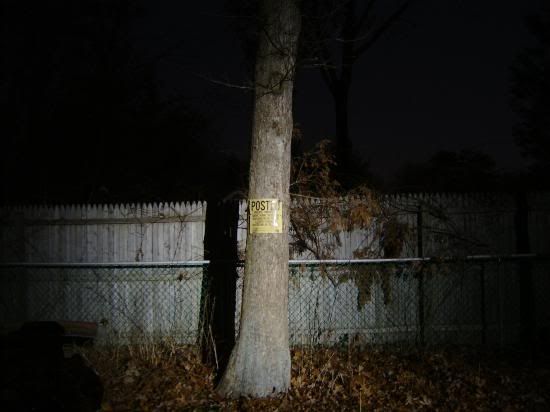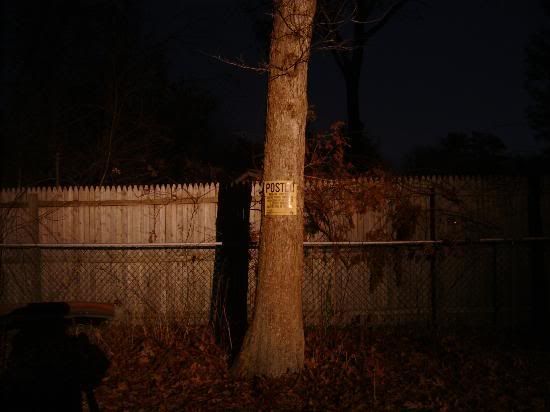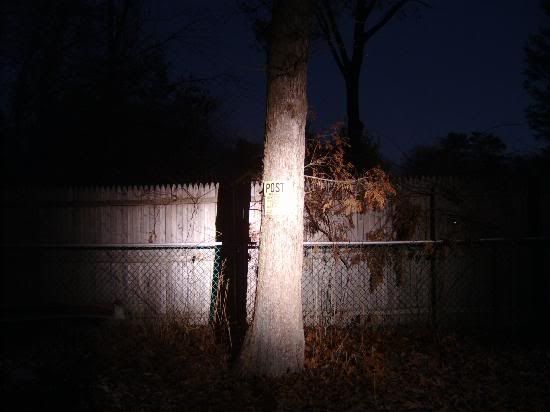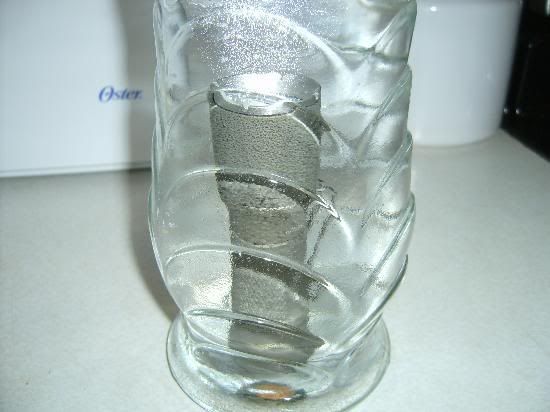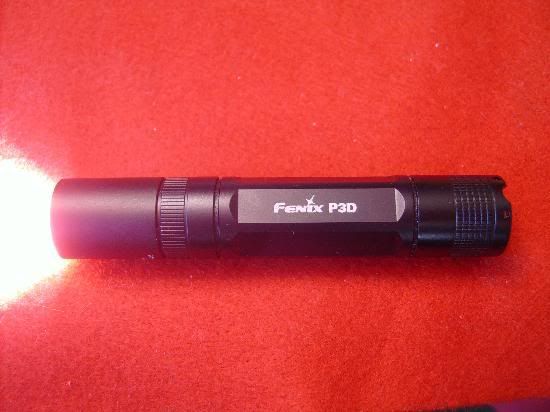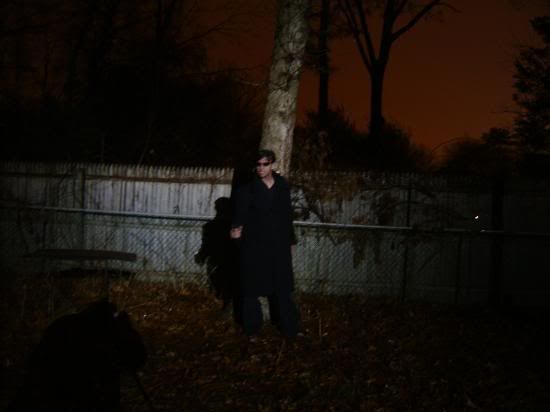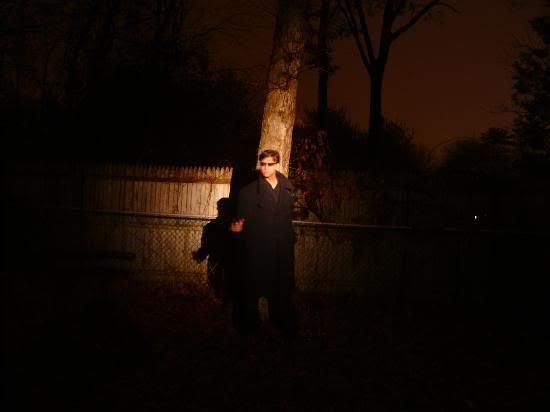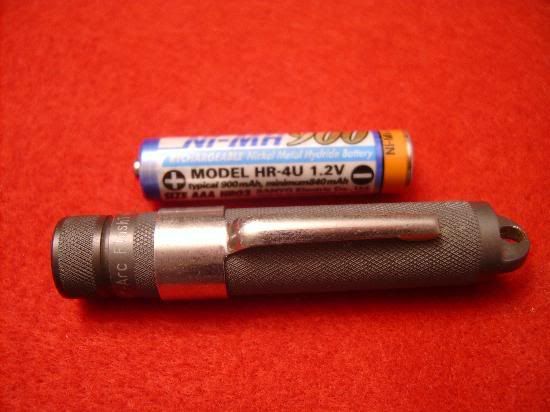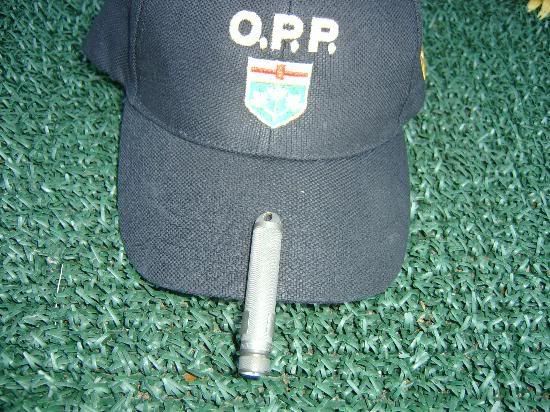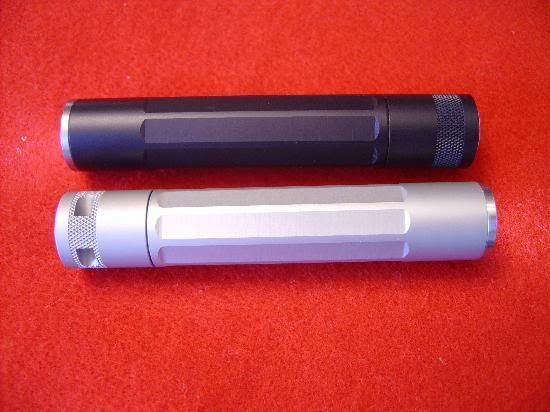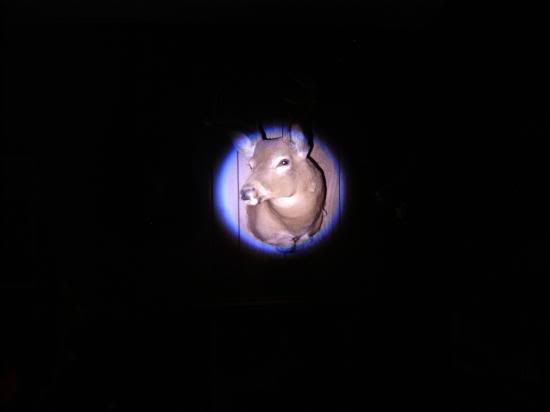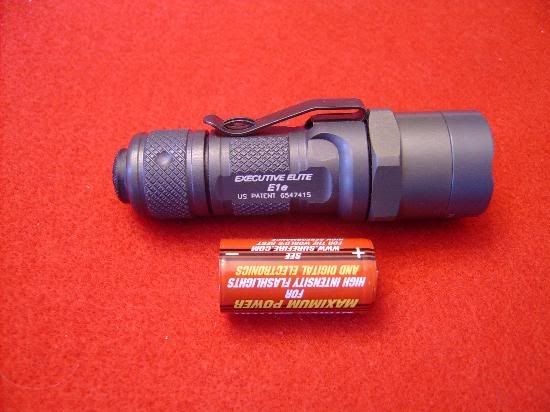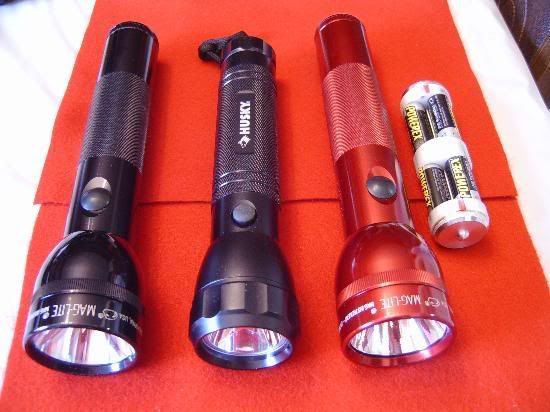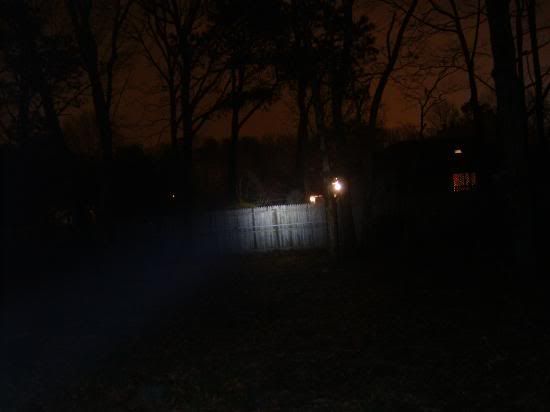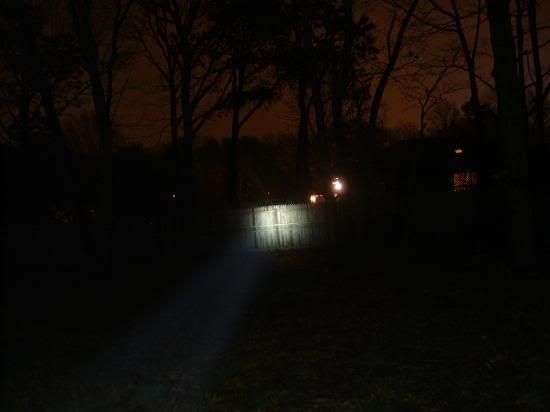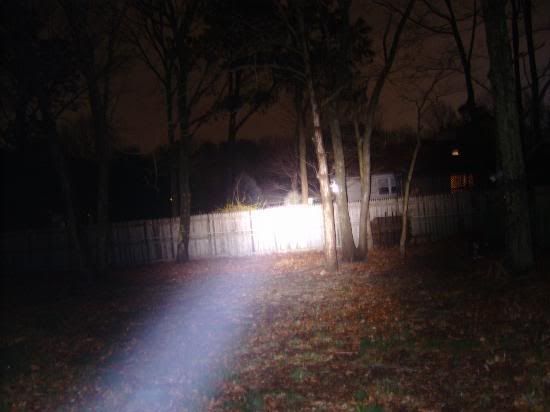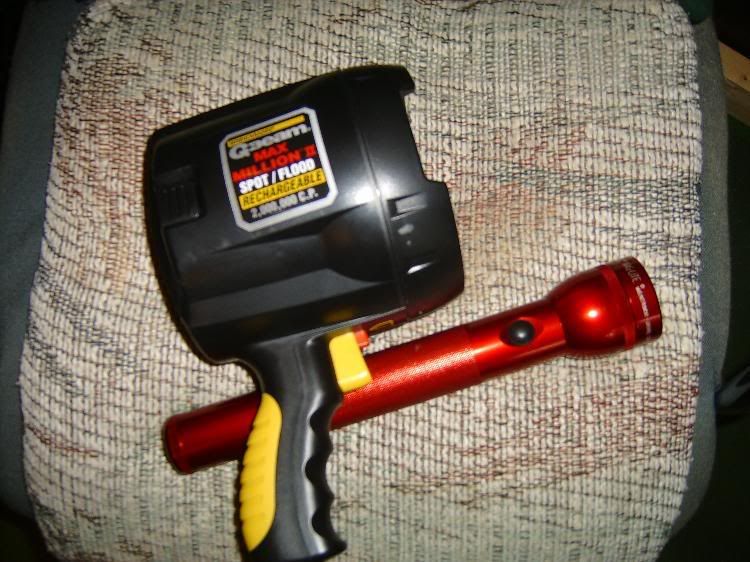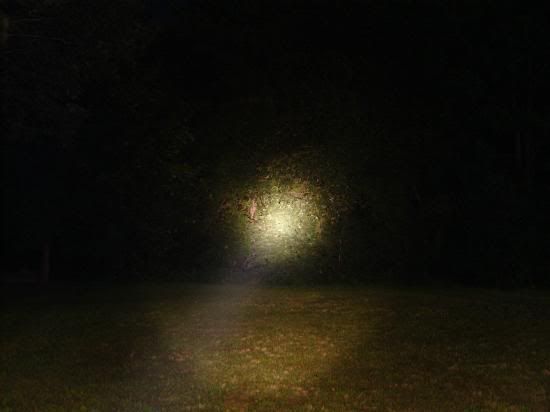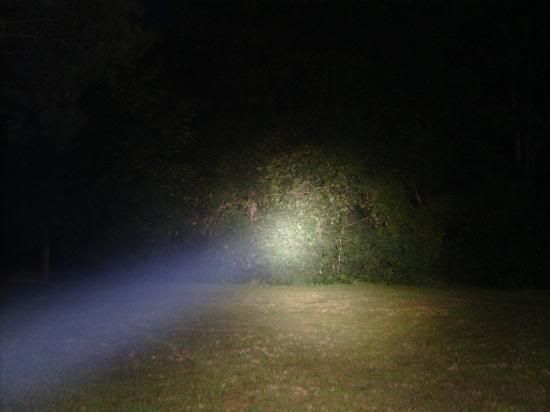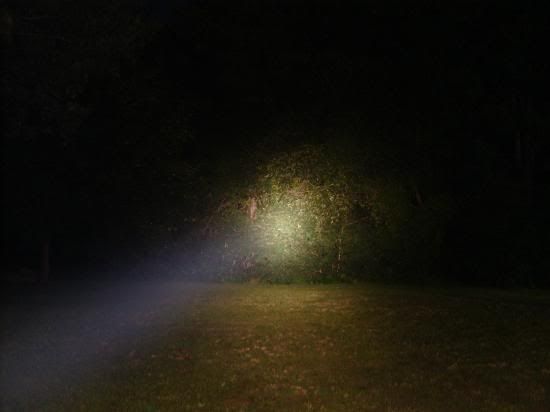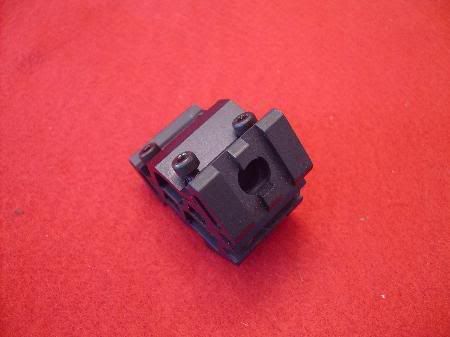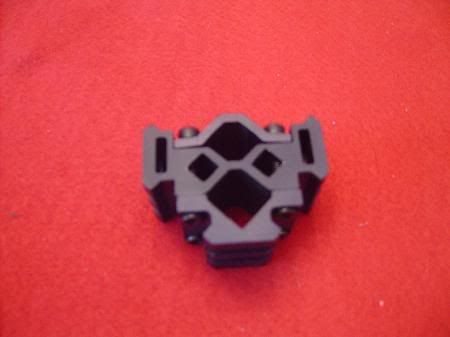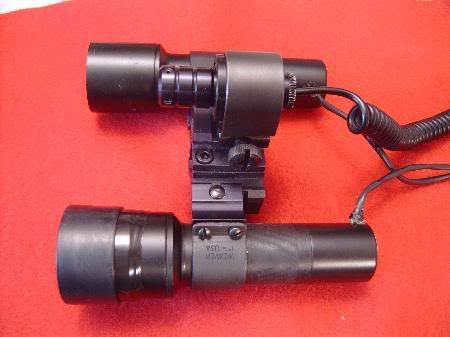DEAL EXTREME VERSUS P-60 LAMP
FOR SUREFIRE TWO CELLS
A while ago I bought one of the Deal Extreme new Cree lamps advertised to fit the Surefires for two cells, like in the 6P, G-2, Z-2, C-2 etc.
Yesterday I installed it in a Surefire G-2 (the yellow one). The fit is not exactly perfect, as you can see in the picture, the lamp is a little longer than necessary and the bezel doesn’t close all the way, like in the green G-2.
I guess I can fix the gap by instating an O ring, a trip to Home Depot to get one in necessary.
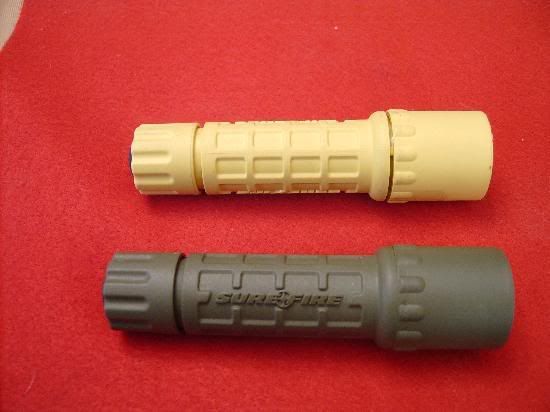
Inside the house, at short range the output is considerable; I think that at the short distance inside the house I will prefer it over the P-60 lamp.
Outside, the P-60 lamp is giving me more range and more picture detail up to maybe 45 yards, at my usual range of 26 yards (where I test all my lights against the deer head) I will say that they both go head to head, as you may see in the pictures in the general illumination department, BUT the definition of the foliage to the right of the tree (at the height of the posted sign) is better with the P-60 incandescent lamp.
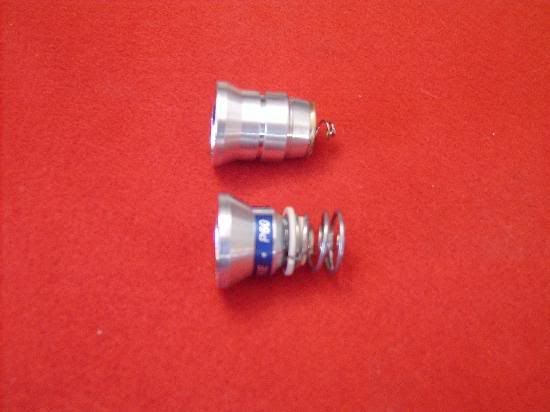
Many G-2’s gets to be mounted in carbines like the M-4 or M-16, I have people ask me if I will use the Deal Extreme lamp in them, (As they suppose to resist recoil better), well, no, I still prefer the P-60 lamp for the extended range and even better the P-61 lamp for the increase brightness and coverage with their 120 lumens.
G=2 WITH DEAL EXTREME, RANGE 26 YARDS, CAMERA 12 FEET.
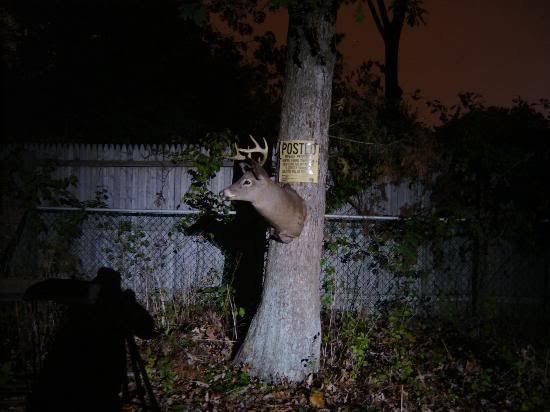
G-2 WITH P-60 LAMP
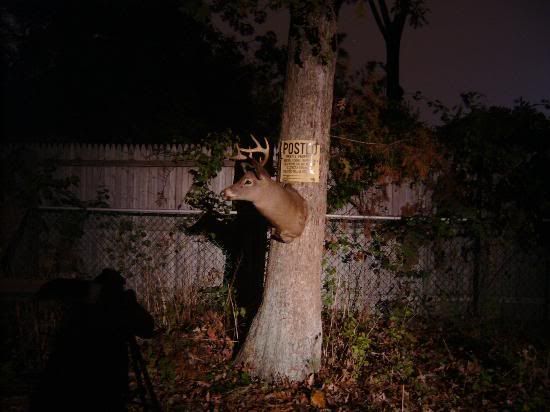
Any way it is not recoil that break filament lamps, but it is the vibration of many rounds while the filament is very hot, that explain why during the 1920’s and to the 60’s tigers were hunted from machans using regular 2 and 3 D flashlights clamped to the barrel in powerful rifles like the 470 Nitro Express, without any trouble with the bulbs. It seems that one or two shots, will not affect the filament, no matter how much the recoil is.
After all the filament is very lightweight and the inertia is just not there, because the lack of real weight.
All the best
Black Bear
FOR SUREFIRE TWO CELLS
A while ago I bought one of the Deal Extreme new Cree lamps advertised to fit the Surefires for two cells, like in the 6P, G-2, Z-2, C-2 etc.
Yesterday I installed it in a Surefire G-2 (the yellow one). The fit is not exactly perfect, as you can see in the picture, the lamp is a little longer than necessary and the bezel doesn’t close all the way, like in the green G-2.
I guess I can fix the gap by instating an O ring, a trip to Home Depot to get one in necessary.

Inside the house, at short range the output is considerable; I think that at the short distance inside the house I will prefer it over the P-60 lamp.
Outside, the P-60 lamp is giving me more range and more picture detail up to maybe 45 yards, at my usual range of 26 yards (where I test all my lights against the deer head) I will say that they both go head to head, as you may see in the pictures in the general illumination department, BUT the definition of the foliage to the right of the tree (at the height of the posted sign) is better with the P-60 incandescent lamp.

Many G-2’s gets to be mounted in carbines like the M-4 or M-16, I have people ask me if I will use the Deal Extreme lamp in them, (As they suppose to resist recoil better), well, no, I still prefer the P-60 lamp for the extended range and even better the P-61 lamp for the increase brightness and coverage with their 120 lumens.
G=2 WITH DEAL EXTREME, RANGE 26 YARDS, CAMERA 12 FEET.

G-2 WITH P-60 LAMP

Any way it is not recoil that break filament lamps, but it is the vibration of many rounds while the filament is very hot, that explain why during the 1920’s and to the 60’s tigers were hunted from machans using regular 2 and 3 D flashlights clamped to the barrel in powerful rifles like the 470 Nitro Express, without any trouble with the bulbs. It seems that one or two shots, will not affect the filament, no matter how much the recoil is.
After all the filament is very lightweight and the inertia is just not there, because the lack of real weight.
All the best
Black Bear

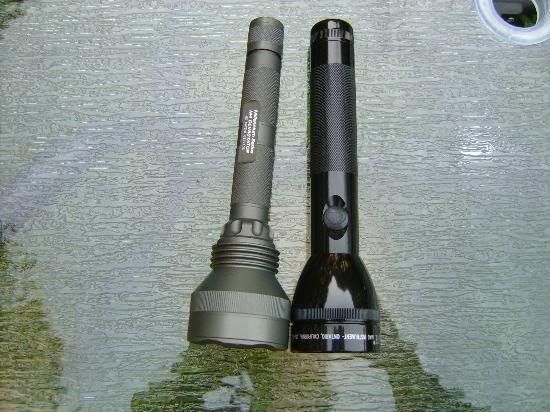
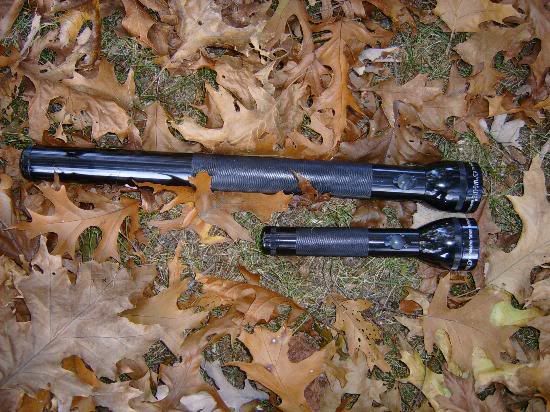
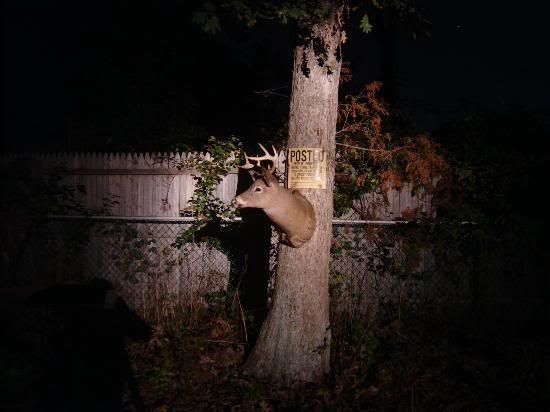
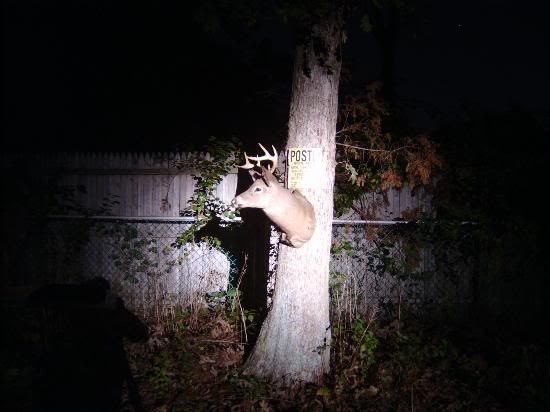
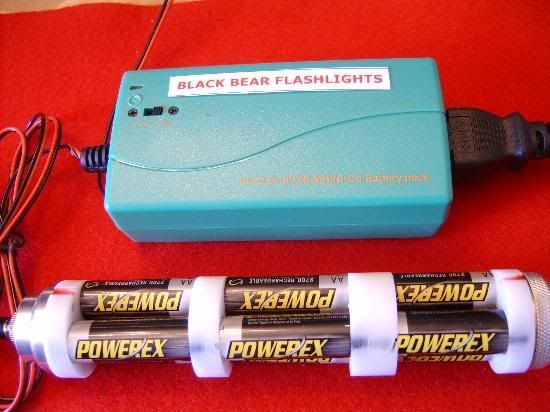
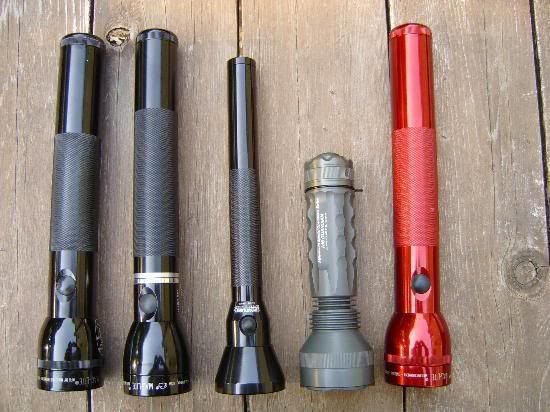
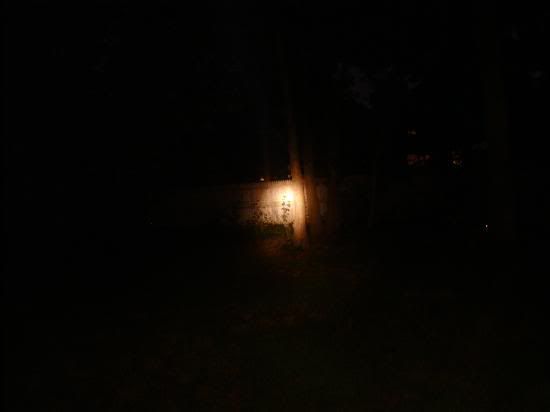
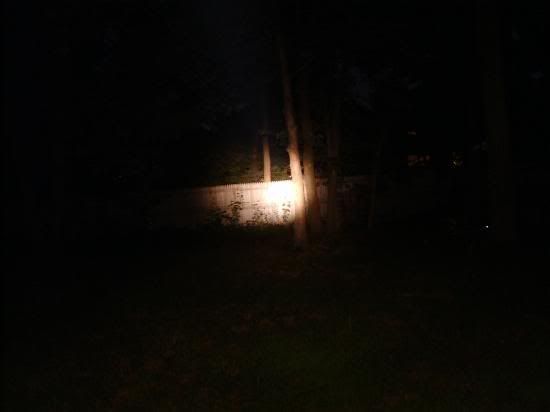
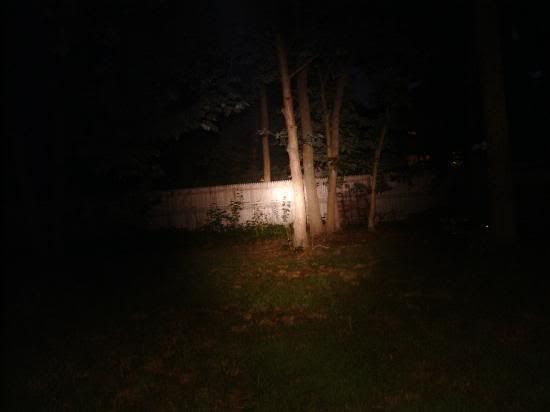
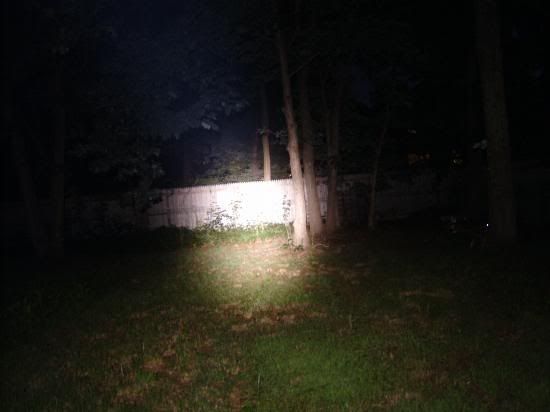
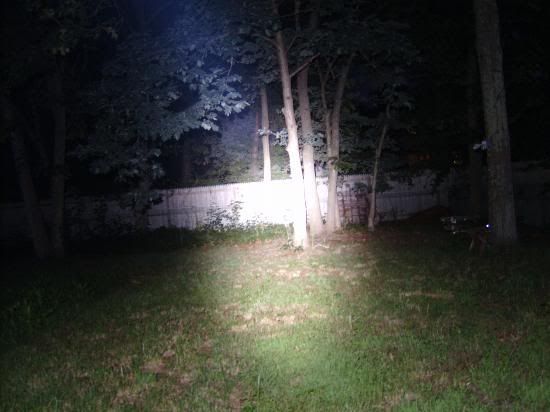
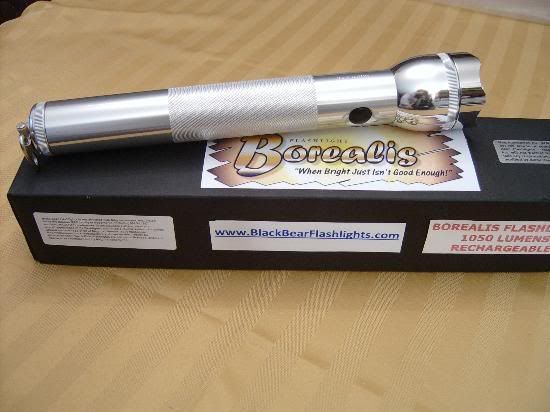
![Laugh [laugh] [laugh]](/xen/styles/default/xenforo/smilies.vb/012.gif) I don't think I've
I don't think I've